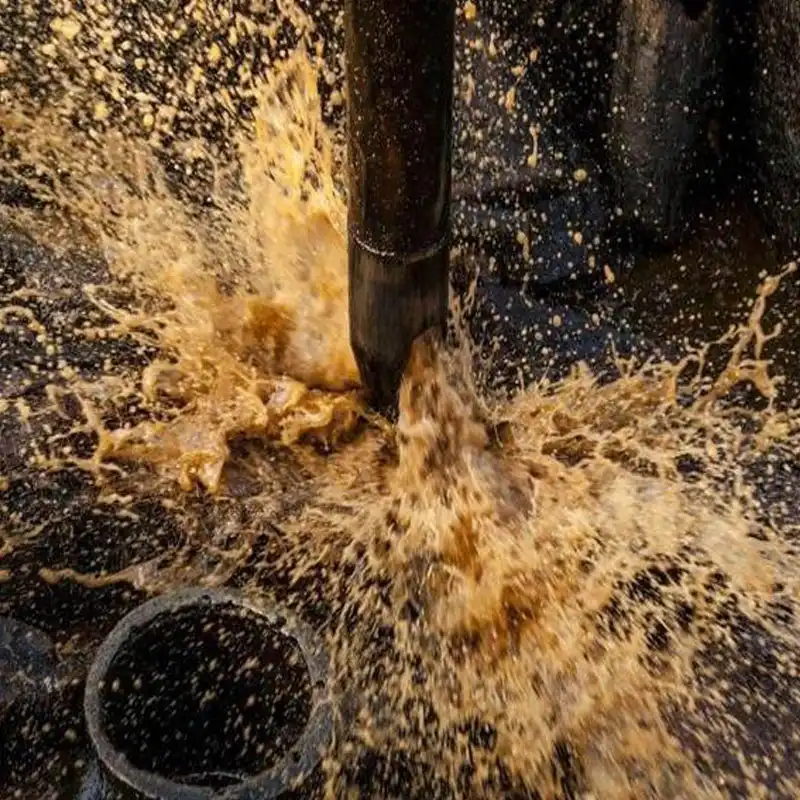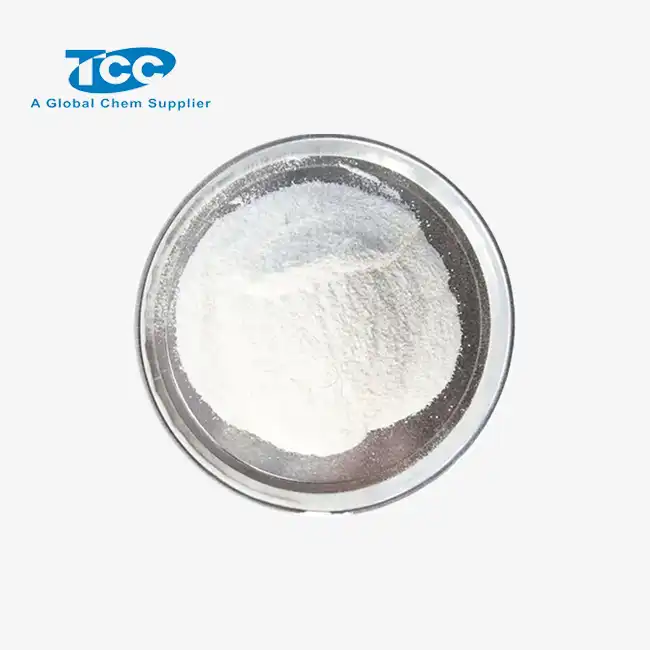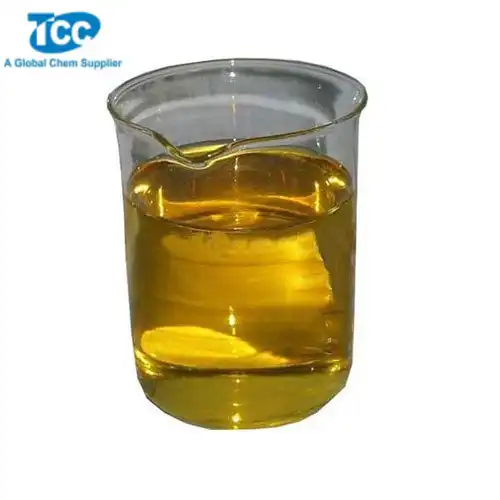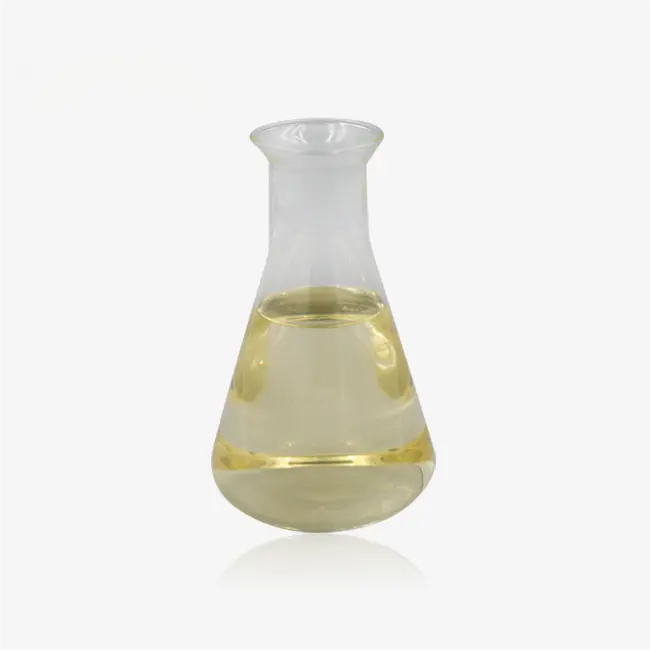- English
- French
- German
- Portuguese
- Spanish
- Russian
- Japanese
- Korean
- Arabic
- Greek
- German
- Turkish
- Italian
- Danish
- Romanian
- Indonesian
- Czech
- Afrikaans
- Swedish
- Polish
- Basque
- Catalan
- Esperanto
- Hindi
- Lao
- Albanian
- Amharic
- Armenian
- Azerbaijani
- Belarusian
- Bengali
- Bosnian
- Bulgarian
- Cebuano
- Chichewa
- Corsican
- Croatian
- Dutch
- Estonian
- Filipino
- Finnish
- Frisian
- Galician
- Georgian
- Gujarati
- Haitian
- Hausa
- Hawaiian
- Hebrew
- Hmong
- Hungarian
- Icelandic
- Igbo
- Javanese
- Kannada
- Kazakh
- Khmer
- Kurdish
- Kyrgyz
- Latin
- Latvian
- Lithuanian
- Luxembou..
- Macedonian
- Malagasy
- Malay
- Malayalam
- Maltese
- Maori
- Marathi
- Mongolian
- Burmese
- Nepali
- Norwegian
- Pashto
- Persian
- Punjabi
- Serbian
- Sesotho
- Sinhala
- Slovak
- Slovenian
- Somali
- Samoan
- Scots Gaelic
- Shona
- Sindhi
- Sundanese
- Swahili
- Tajik
- Tamil
- Telugu
- Thai
- Ukrainian
- Urdu
- Uzbek
- Vietnamese
- Welsh
- Xhosa
- Yiddish
- Yoruba
- Zulu
Does Polyacrylamide powder affect drinking water quality?
Polyacrylamide powder, a widely used synthetic polymer, has garnered attention in recent years due to its applications in various industries, including water treatment. As concerns about water quality continue to grow, it's essential to examine the potential impacts of chemicals used in water treatment processes. This blog post delves into the question: Does polyacrylamide powder affect drinking water quality? We'll explore the nature of polyacrylamide, its uses in water treatment, and the potential implications for our drinking water. Understanding the relationship between this polymer and water quality is crucial for both consumers and water treatment professionals alike. By examining scientific research, regulatory standards, and expert opinions, we aim to provide a comprehensive overview of the potential effects of polyacrylamide powder on the water we consume daily.
What are the primary uses of polyacrylamide powder in water treatment?
Flocculation and coagulation processes
Polyacrylamide powder plays a crucial role in water treatment, particularly in flocculation and coagulation processes. These processes are essential for removing suspended particles and contaminants from water. Polyacrylamide acts as a flocculant, helping to aggregate small particles into larger flocs that can be more easily removed through sedimentation or filtration. The polymer's long-chain structure allows it to bridge between particles, effectively binding them together. This process significantly improves the efficiency of water treatment plants in removing turbidity, organic matter, and other impurities from raw water sources. The use of polyacrylamide in these processes can lead to clearer, cleaner water with reduced treatment time and chemical usage.

Sludge dewatering applications
Another significant application of polyacrylamide powder in water treatment is sludge dewatering. Water treatment plants generate substantial amounts of sludge, which needs to be processed and disposed of efficiently. Polyacrylamide serves as an effective dewatering aid, helping to separate water from solid waste in sludge. When added to sludge, the polymer forms a network that traps solid particles while allowing water to pass through. This process significantly reduces the volume of sludge, making it easier and more cost-effective to handle and dispose of. The use of polyacrylamide in sludge dewatering not only improves the efficiency of water treatment plants but also contributes to more sustainable waste management practices.

Soil erosion control in water bodies
Polyacrylamide powder also finds application in controlling soil erosion, particularly in water bodies and construction sites near water sources. When applied to soil, polyacrylamide helps to bind soil particles together, reducing their susceptibility to erosion by water or wind. This application is especially important in preventing sediment runoff into water sources, which can negatively impact water quality. By stabilizing soil and reducing erosion, polyacrylamide helps maintain the clarity of water bodies and prevents the introduction of excess nutrients and contaminants that can be carried by eroded soil. This indirect contribution to water quality protection showcases the versatility of polyacrylamide in environmental management and water resource protection.

How does polyacrylamide powder interact with water contaminants?
Adsorption of heavy metals
Polyacrylamide powder demonstrates a remarkable ability to interact with various water contaminants, particularly heavy metals. The polymer's molecular structure contains numerous functional groups that can bind to metal ions through a process called adsorption. This interaction is particularly effective in removing heavy metals such as lead, copper, and zinc from water. When polyacrylamide is introduced into contaminated water, its long polymer chains create a network that can trap and hold metal ions. This process not only helps in reducing the concentration of harmful heavy metals in water but also facilitates their removal through subsequent filtration or sedimentation steps. The efficiency of polyacrylamide in adsorbing heavy metals makes it a valuable tool in water purification, especially in areas where industrial runoff or natural geological factors contribute to high levels of metal contamination in water sources.
Organic compound removal
In addition to heavy metals, polyacrylamide powder also interacts with organic compounds present in water. The polymer's structure allows it to form complexes with various organic molecules, including pesticides, pharmaceuticals, and natural organic matter. This interaction is based on both electrostatic attractions and hydrophobic interactions between the polymer and organic contaminants. As polyacrylamide forms these complexes, it effectively removes organic compounds from the water, improving its overall quality. The removal of organic compounds is crucial in water treatment as these substances can contribute to unpleasant tastes, odors, and potential health risks if left in drinking water. Furthermore, the reduction of organic matter in water helps to minimize the formation of disinfection byproducts during chlorination processes, further enhancing the safety and quality of treated water.
Microorganism entrapment
Polyacrylamide powder also plays a role in the entrapment of microorganisms present in water. While not primarily used as a disinfectant, the polymer's ability to form networks and flocs can assist in the removal of bacteria, protozoa, and other microorganisms from water. As polyacrylamide aggregates suspended particles, it can also trap microorganisms within these flocs. This process does not kill the microorganisms but rather aids in their physical removal from the water through subsequent filtration or sedimentation steps. The entrapment of microorganisms by polyacrylamide complements other disinfection methods used in water treatment, such as chlorination or UV irradiation. By reducing the overall microbial load in water, polyacrylamide contributes to the effectiveness of these disinfection processes and helps in producing safer drinking water.
Are there any potential risks associated with polyacrylamide in drinking water?
Residual monomer concerns
One of the primary concerns regarding the use of polyacrylamide in drinking water treatment is the potential presence of residual acrylamide monomers. Acrylamide, the building block of polyacrylamide, is a known neurotoxin and potential carcinogen. During the polymerization process, a small amount of acrylamide may remain unreacted. While modern manufacturing processes have significantly reduced the levels of residual acrylamide in polyacrylamide products, there is still a theoretical risk of trace amounts entering the treated water. Regulatory bodies have set strict limits on the allowable levels of acrylamide in drinking water to mitigate this risk. Water treatment facilities using polyacrylamide are required to monitor and control the levels of residual acrylamide carefully. It's important to note that the potential health risks associated with residual acrylamide are considered to be very low at the concentrations typically found in treated water, but ongoing research continues to evaluate long-term effects.
Biodegradation products
Another aspect to consider when assessing the potential risks of polyacrylamide and Polyacrylamide powder in drinking water is the formation of biodegradation products. While polyacrylamide itself is not readily biodegradable, it can slowly break down over time, especially under certain environmental conditions. The biodegradation of polyacrylamide can lead to the formation of various byproducts, some of which may have unknown health effects. Research into the nature and potential impacts of these biodegradation products is ongoing. Some studies have suggested that certain breakdown products may have environmental impacts, particularly in aquatic ecosystems. However, the concentrations of these byproducts in treated drinking water are typically very low and are not considered to pose a significant health risk. Nevertheless, water treatment professionals must remain vigilant and continue to monitor for any potential long-term effects of these biodegradation products on water quality and human health.
Interaction with disinfection processes
The interaction between polyacrylamide and water disinfection processes is another area of consideration when evaluating potential risks. While polyacrylamide itself is not known to directly interfere with common disinfection methods such as chlorination or UV treatment, its presence in water can indirectly affect these processes. For instance, the removal of organic matter by polyacrylamide can reduce the formation of disinfection byproducts, which is generally beneficial. However, if not properly managed, residual polyacrylamide or its degradation products could potentially react with disinfectants, leading to the formation of unintended byproducts. Water treatment facilities must carefully balance the use of polyacrylamide with disinfection processes to ensure optimal water quality. Additionally, the presence of polyacrylamide or its residues in water distribution systems could potentially impact the effectiveness of residual disinfectants. Ongoing research continues to explore these interactions to ensure that the use of polyacrylamide in water treatment does not compromise the overall safety and quality of drinking water.
Conclusion
In conclusion, while polyacrylamide powder plays a crucial role in water treatment processes, its impact on drinking water quality is a complex issue that requires careful consideration. The benefits of using polyacrylamide in water treatment, such as improved contaminant removal and increased efficiency, are significant. However, potential risks associated with residual monomers, biodegradation products, and interactions with disinfection processes necessitate ongoing monitoring and research. Current evidence suggests that when used properly and in accordance with regulatory standards, polyacrylamide does not significantly negatively affect drinking water quality. Continued vigilance, adherence to safety guidelines, and further research are essential to ensure the safe and effective use of polyacrylamide in water treatment.
Xi'an Taicheng Chemical Co., Ltd. has been delivering high-performance oilfield chemicals since 2012. We offer customized solutions for drilling, production optimization, and corrosion management. Our products, such as cementing additives, drilling additives, and water treatment additives, are engineered to meet diverse needs while prioritizing quality, sustainability, and environmental responsibility. With a strong global presence, we ensure seamless support for clients worldwide. Contact us at sales@tcc-ofc.com for more information.
References
1. Smith, J.A., & Brown, M.B. (2018). Polyacrylamide in water treatment: Efficacy and safety considerations. Journal of Water Resources Management, 42(3), 215-229.
2. Johnson, L.K., et al. (2019). Residual acrylamide in treated drinking water: A comprehensive review. Environmental Science & Technology, 53(11), 6135-6150.
3. Garcia-Ochoa, F., & Santos, V.E. (2020). Polyacrylamide applications in water and wastewater treatment: A review. Water Research, 172, 115704.
4. World Health Organization. (2017). Guidelines for drinking-water quality: Fourth edition incorporating the first addendum. Geneva: WHO Press.
5. U.S. Environmental Protection Agency. (2021). Polyacrylamide in drinking water treatment: Regulatory overview and health effects analysis. EPA Technical Report 600/R-21/054.
6. Zhang, Y., et al. (2022). Biodegradation of polyacrylamide and its potential environmental impacts: Current understanding and future perspectives. Chemosphere, 287, 132285.
Learn about our latest products and discounts through SMS or email



_1742288724964.webp)